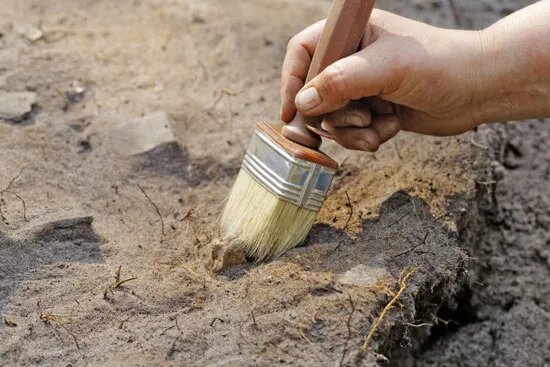Unauthorized excavators detained red-handed

TEHRAN—A police squad in charge of protecting cultural heritage has caught four suspects red-handed while they were illegally conducting excavations in a historical site in western Iran.
“The suspects were arrested during a surprise operation while digging,” the tourism chief of Chaharmahal-Bakhtiari province said on Saturday.
“In this regard, an excavator, car, metal detector, and a number of other digging tools, including a shovel, pickaxe, cart, compressor and electric motor, were seized from them,” Alireza Jeylan said.
The suspects have been surrendered to the judicial system for further investigation and trial, the official added.
According to available data, the first well-documented evidence of human habitation in the Iranian plateau was found from several excavated cave and rock-shelter sites, located mainly in the Zagros Mountains of western Iran and dated to Middle Paleolithic or Mousterian times (c. 100,000 BC).
From the Caspian in the northwest to Baluchestan in the southeast, the Iranian plateau extends for close to 2,000 km. The land encompasses the greater part of Iran, Afghanistan, and Pakistan west of the Indus River, containing some 3,700,000 square kilometers. Despite being called a “plateau”, it is far from flat but contains several mountain ranges, the highest peak being Damavand in the Alborz mountain range at 5610 m, and the Dasht-e Loot east of Kerman in Central Iran, falling below 300 m.
Chaharmahal-Bakhtiari is the birthplace of various unique traditions and rituals relative to the 'tribal' lifestyles. Special forms of music, dance, and clothing are noteworthy. It has considerable potential to become a vibrant tourist attraction because of its changing natural landscape.
AM
